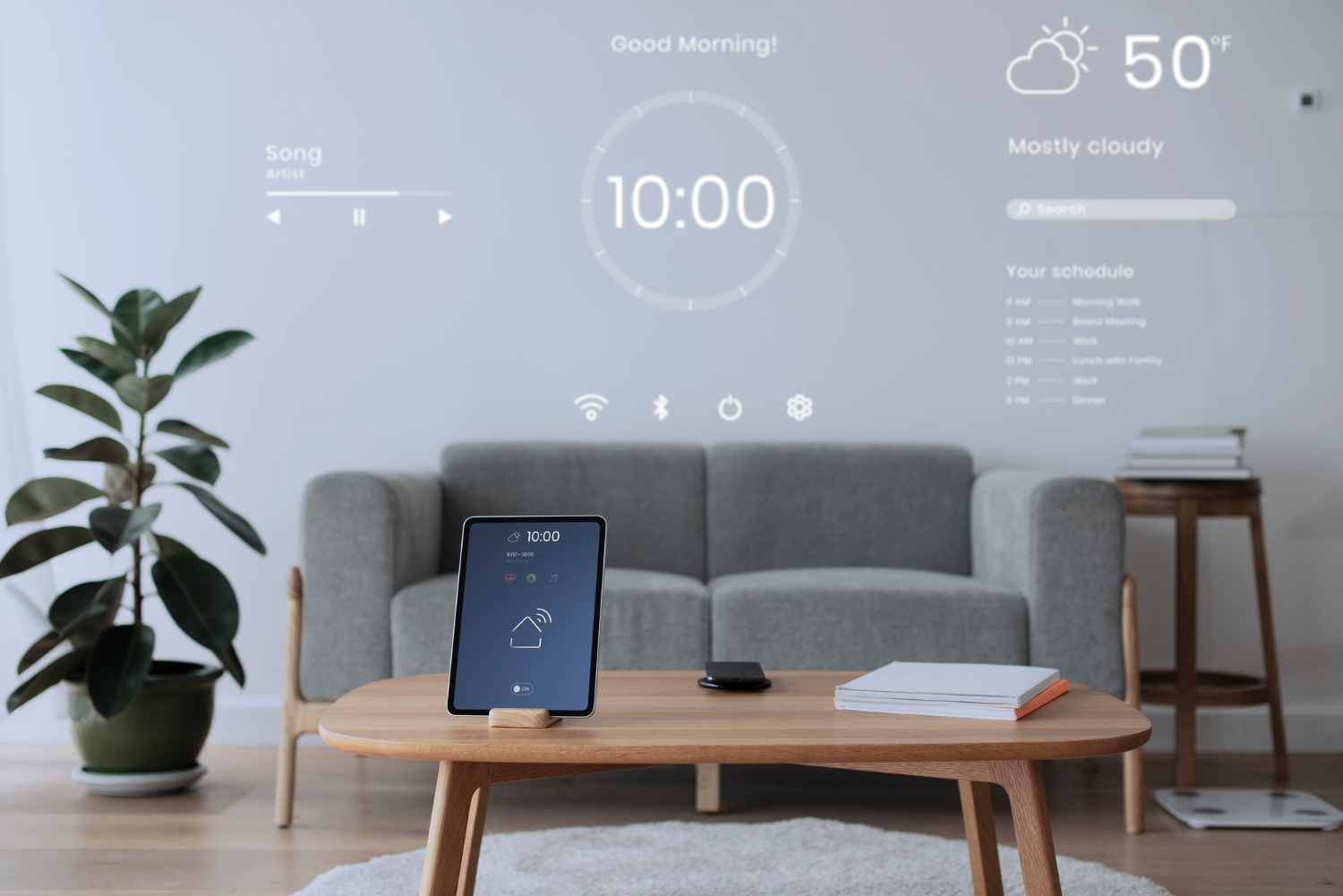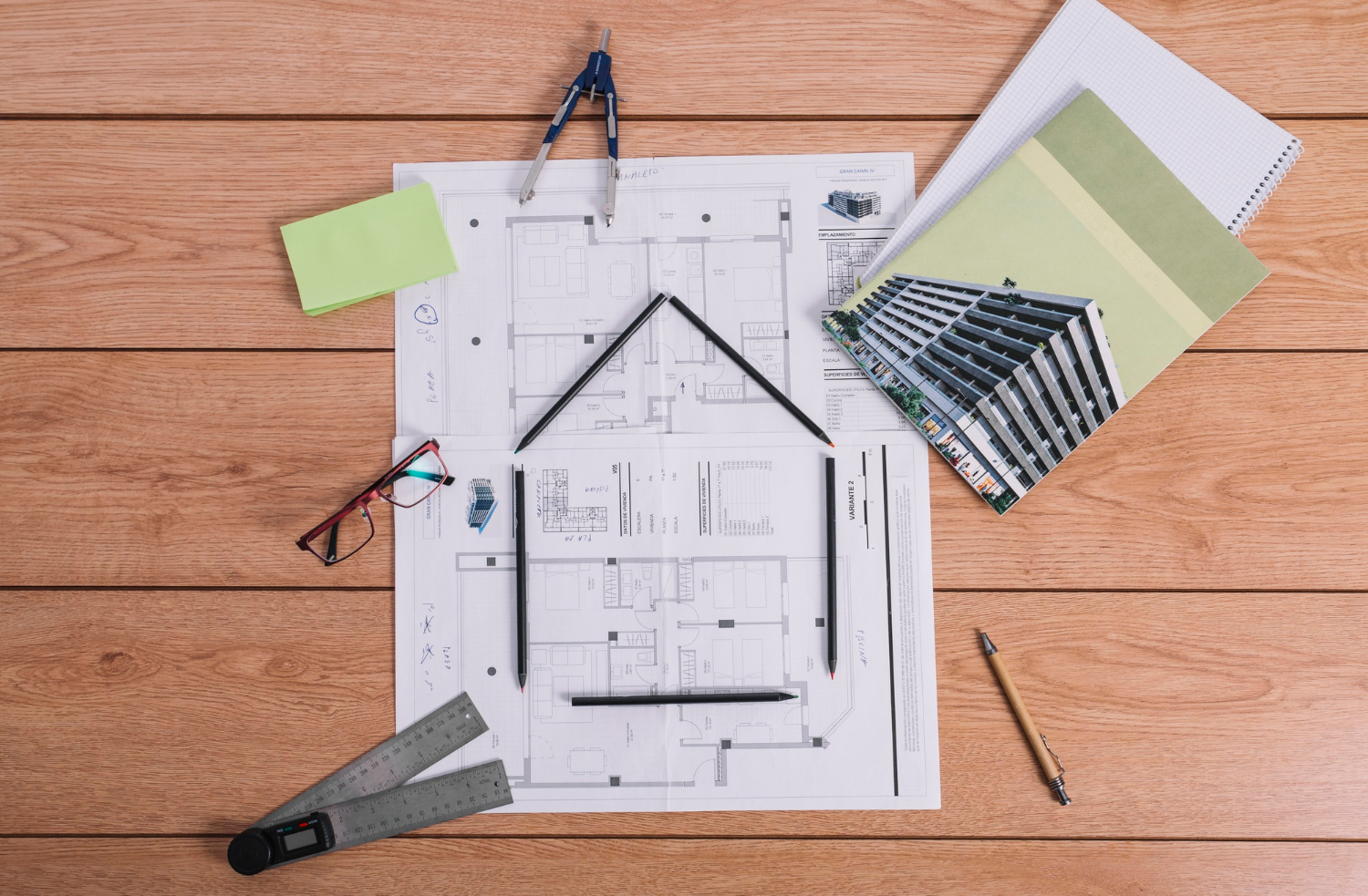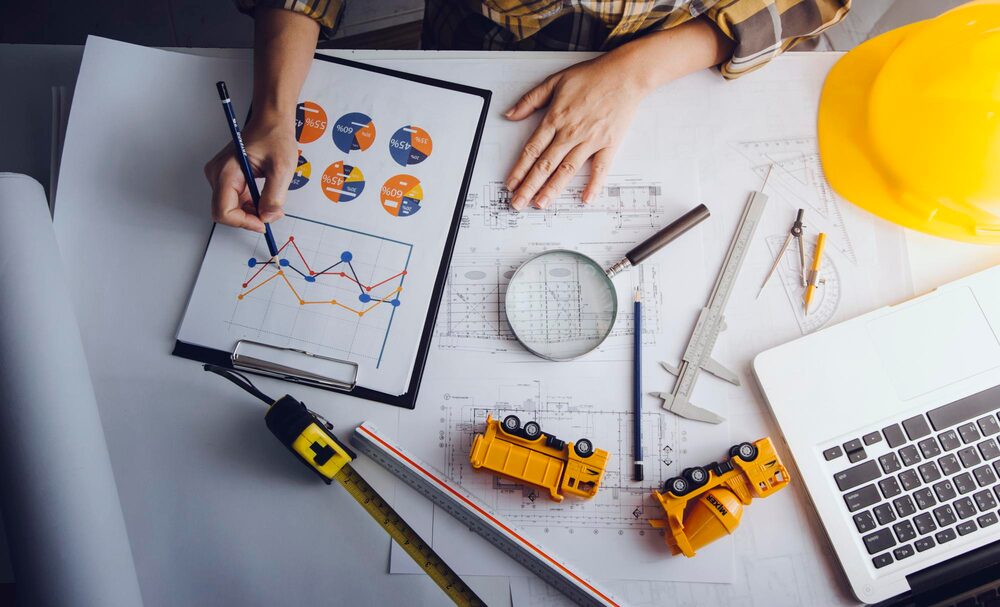How Smart Home & AI Integration Is Transforming Bay Area Renovations

You know what’s wild about renovations in 2025?
I just finished a project in Palo Alto where the homeowner’s AI system automatically adjusted their lighting, temperature, and even music based on who walked into each room.
The energy savings? A 40% reduction in their monthly utility bill.
But here’s what really blew my mind – the AI learned their family’s patterns and started pre-heating rooms before they arrived home from work.
This isn’t some futuristic fantasy anymore. Smart home AI integration is happening right now in Bay Area renovations, and the homeowners who embrace it early are seeing incredible returns on investment.
After 15 years in construction and design, I’ve never seen technology transform home renovations this dramatically.
Let me show you exactly how AI is changing everything about the way we build and live in our homes.
Smart Home + AI Integration in Modern Renovations
The game has completely changed from installing a few smart switches to creating truly intelligent living spaces.
AI-powered design recommendations are revolutionizing how we approach renovations. Instead of guessing what works, AI analyzes your family’s lifestyle, local climate data, and energy usage patterns to suggest optimal floor plans and material choices.
I recently worked with a San Jose family where AI recommended moving their kitchen island 18 inches based on traffic flow analysis.
The result? Their cooking efficiency improved by 25% and the space feels twice as large.
Here’s what AI brings to renovation design:
- Traffic pattern analysis that optimizes room layouts before construction begins
- Material selection algorithms that factor in durability, cost, and aesthetic preferences
- Energy modeling that predicts exactly how design choices will impact utility bills
- Lighting optimization that adjusts throughout the day for circadian rhythm support
Energy optimization through AI is where homeowners see immediate returns. Smart systems monitor every appliance, learn usage patterns, and automatically adjust settings for maximum efficiency.
Predictive maintenance is the hidden goldmine.
AI sensors detect when your HVAC system is working harder than normal, water pressure drops slightly, or electrical loads spike – often weeks before problems become expensive repairs.
One Menlo Park client saved $8,000 in HVAC repairs because their AI system detected irregular compressor patterns and alerted us for preventive maintenance.
“Smart home AI isn’t just about convenience – it’s about creating homes that actively work to improve your life while protecting your investment.” – Maor Greenberg
Case Studies from Bay Area Smart Home Renovations
Let me walk you through a real project that shows exactly what’s possible with AI integration.
The Fremont AI-Powered Energy Renovation
Project Overview: A 2,400 sq ft ranch home built in 1978 was consuming $380 monthly in energy costs. The homeowners wanted a complete smart renovation focused on efficiency and automation.
AI Systems Installed:
- AI-controlled LED lighting system that adjusts brightness and color temperature based on time of day and occupancy
- Smart HVAC zones with learning thermostats that predict heating and cooling needs
- Automated window shades that respond to sun position and indoor temperature
- Energy monitoring sensors on every major appliance and circuit
Learning Period: The AI optimization process took about 60 days to fully understand their specific lifestyle patterns.
Results After One Year:
- Energy costs dropped from $380 to $185 monthly (51% reduction)
- Comfort scores increased by 35% based on family surveys
- Home value increased by approximately $45,000
- Total renovation cost: $85,000 including all smart technology
The AI system now predicts their energy needs so accurately that it pre-cools the house during off-peak hours and maintains perfect temperatures while using 50% less energy than traditional systems.
What impressed me most? The system learned that they prefer cooler temperatures when working from home versus weekends, and it adjusts automatically without any manual programming.
This isn’t just energy savings – it’s lifestyle enhancement through intelligent automation.
Costs & ROI Analysis of AI-Driven Renovations
Here’s the breakdown that every homeowner asks about – what does this actually cost and what returns can you expect?
Smart device and sensor costs for a typical 2,000 sq ft Bay Area home:
| AI System Component | Cost Range | Key Benefits |
|---|---|---|
| AI lighting system | $3,500-$6,000 | Circadian optimization, 60% energy reduction |
| Smart HVAC controls | $2,800-$4,500 | Predictive heating/cooling, zone control |
| Security & monitoring sensors | $1,500-$3,000 | 24/7 monitoring, insurance discounts |
| Energy management hub | $800-$1,200 | Whole-home optimization, usage tracking |
| Professional integration | $2,000-$4,000 | Seamless operation, ongoing support |
Total Investment Range: $10,600-$18,700 for comprehensive AI integration.
Energy savings typically run $150-$300 monthly in the Bay Area, depending on home size and current efficiency. That’s a payback period of 3-5 years on technology costs alone.
But the real ROI comes from three sources:
Immediate Returns:
- Energy bill reductions (40-60% typical)
- Insurance discounts for security systems (5-15%)
- Reduced maintenance costs through predictive alerts
Long-term Value:
- Home value increases of $30,000-$60,000 for fully integrated systems
- Extended appliance lifespans through optimized usage
- Future-proofing for evolving building codes
Quality of Life:
- Automated routines save 45-60 minutes daily
- Improved sleep quality from circadian lighting
- Enhanced security and peace of mind
I tell clients that AI home integration isn’t just about technology – it’s about buying back time and mental energy while increasing your property value.
Future Trends: AI + IoT Synergy in Sustainable Homes
The next wave of smart home technology is going to make current systems look primitive.
AI and Internet of Things (IoT) integration is evolving toward completely autonomous home management. We’re talking about homes that manage themselves with minimal human input.
Emerging trends I’m seeing in 2025 Bay Area projects:
Predictive comfort systems that adjust environment settings based on weather forecasts, your calendar, and biometric data from wearables.
Imagine your home pre-warming your bathroom because it knows you wake up at 6:30 AM and it’s going to be a cold morning.
Resource optimization networks where homes communicate with utility grids to buy energy during low-cost periods and sell back during peak times. Solar + battery + AI systems are already generating income for some of my clients.
Health monitoring integration that adjusts air quality, humidity, and lighting based on family health data. One Cupertino project includes sensors that detect allergen levels and automatically adjust HVAC filtration.
Adaptive security learning that recognizes normal versus suspicious activities and responds appropriately. The system learns family patterns so thoroughly that it can distinguish between a family member arriving late versus potential intrusion.
The sustainable home movement is driving AI development toward net-zero and net-positive energy homes.
By 2026, I predict most high-end Bay Area renovations will include AI systems capable of generating more energy than the home consumes.
Implementation Strategy for Bay Area Homeowners
Here’s how smart homeowners approach AI integration without breaking the bank or overwhelming their families.
Start with energy management systems. These deliver the fastest ROI and provide the foundation for adding other smart technologies later.
Phase your installation over 6-12 months. Begin with HVAC and lighting, then add security and advanced automation features as you learn the system.
Choose platforms that integrate well together. I recommend focusing on one primary ecosystem (like Google Nest, Amazon Alexa, or Apple HomeKit) rather than mixing incompatible systems.
Plan for professional installation and setup. DIY smart home projects often result in systems that don’t communicate properly or fail to optimize automatically.
The biggest mistake I see? Homeowners who buy individual smart devices without a comprehensive integration plan. This creates a collection of gadgets instead of an intelligent home system.
Final Results
Smart home AI integration is transforming renovations from static improvements to dynamic, learning environments that continuously optimize themselves.
Homeowners who invest in comprehensive AI systems typically see:
- 40-60% reduction in energy costs within the first year
- $30,000-$60,000 increase in home value for fully integrated systems
- Significant improvements in comfort, security, and daily convenience
- 3-5 year payback periods on technology investments
- Future-proofing against evolving efficiency standards
The technology has matured beyond early-adopter territory. It’s now reliable, cost-effective, and essential for future-proofing your investment in today’s competitive Bay Area market.
Conclusion
The Bay Area housing market rewards innovation, and AI-integrated smart homes represent the biggest renovation opportunity I’ve seen in my 15-year career.
These systems aren’t just about gadgets – they’re about creating homes that actively work to improve your life while saving money and increasing property value.
The homeowners who integrate AI technology now will be ahead of building codes, buyer expectations, and energy efficiency requirements that are coming whether we’re ready or not.
Smart home AI integration is no longer a luxury – it’s becoming a necessity for competitive property values and modern living standards.




